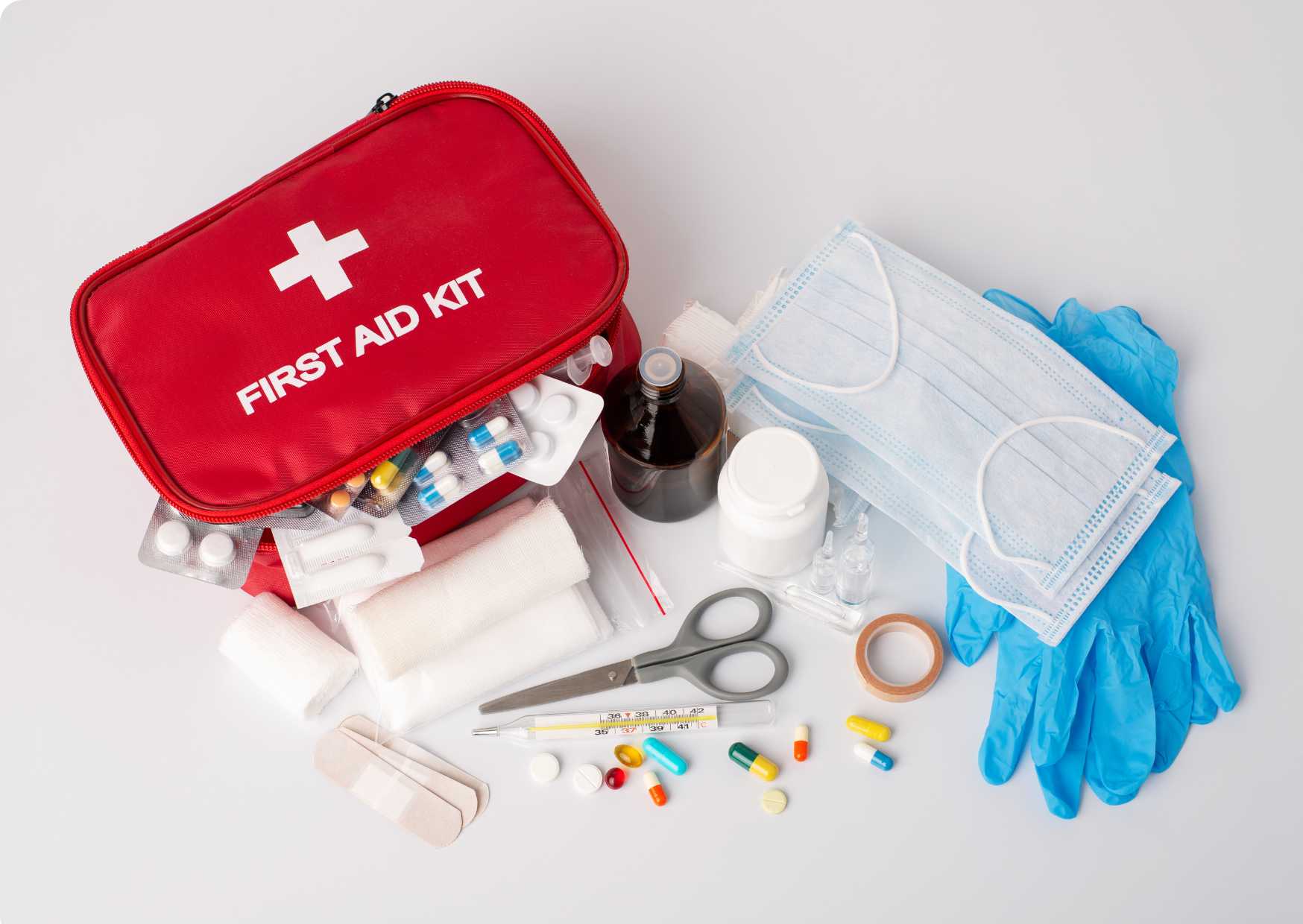Welcome to the Basics of First Aid course! 🩹 This course is designed to equip you with essential knowledge and skills to effectively respond to medical emergencies and provide initial care until professional help arrives. Whether you’re a parent, teacher, caregiver, or simply a concerned individual, learning the basics of first aid can make a significant difference in emergency situations.
Q: Who can benefit from this course? A: This course is suitable for anyone interested in learning basic first aid skills, including parents, teachers, caregivers, workplace employees, and community volunteers.
Q: Is prior medical knowledge required to enroll in this course? A: No prior medical knowledge is required. This course is designed to accommodate individuals with varying levels of experience and background.
Q: Will I receive a certification upon completion of the course? A: Yes, upon successful completion of the course and any associated assessments, you will receive a certificate of completion. However, please note that this certification may not substitute for professional medical certifications required in certain contexts.
Q: How long does the course take to complete? A: The duration of the course may vary depending on individual learning pace and the format of delivery (e.g., online, in-person). Generally, the course can be completed within a few hours to a few days.
Q: Can I retake the course if I need to refresh my skills? A: Yes, you can retake the course as needed to reinforce your knowledge and skills. Many participants find it beneficial to revisit the material periodically to stay updated on best practices.
Q: Will this course cover specific first aid protocols for my workplace or industry? A: While this course provides a foundation in first aid principles and techniques, it may not cover industry-specific protocols. Employers or organizations may require additional training tailored to their workplace environment and risks.
Q: How can I access the course materials? A: Depending on the course format, materials may be accessible online through a learning management system (LMS), provided in printed format, or delivered through instructor-led sessions.
Q: What if I have questions or need clarification during the course? A: You’ll have access to instructors or support staff who can assist you with any questions or concerns you may have during the course. Additionally, interactive elements such as discussion forums or live Q&A sessions may be available.
Q: Is this course recognized internationally? A: While the principles of first aid are universal, certification and recognition may vary by region. It’s advisable to check with relevant authorities or organizations to ensure compliance with local regulations and standards.
Q: Can I use the skills learned in this course to become a professional first responder? A: This course provides foundational knowledge and skills in first aid, but it may not be sufficient for roles requiring professional certification as a paramedic or emergency medical technician (EMT). Individuals interested in pursuing careers in emergency services should seek additional training and certification programs.

Want to receive push notifications for all major on-site activities?